Día de Carnaval (aka, Fat Tuesday, Mardi Gras, Carnival), a day to let the good times roll before the sacrifices of the Lenten season, has come and gone. And, again, blogger buddy Chris and I headed out to the surreal celebration in San Martín Tilcajete. Driving into the village, one soon hears, rather than sees, that this isn’t a normal day in this wood carving village 17 miles south of the city — the streets are alive with the sound of cow bells. Roaming the dirt back roads and paved main street, los encabezados (guys covered in motor oil or paint) come running past — with cow bells tied around their waist — making mischief and startling the unaware.




Masks, all the better to hide one’s identity when making fun of the powers that be, are an international carnaval tradition. Thus, in this village, known for its fantastically painted wood carvings, wooden masks play a big role in the celebration — including several by our friend Jesus Sosa Calvo and his family at Matlacihua Arte.
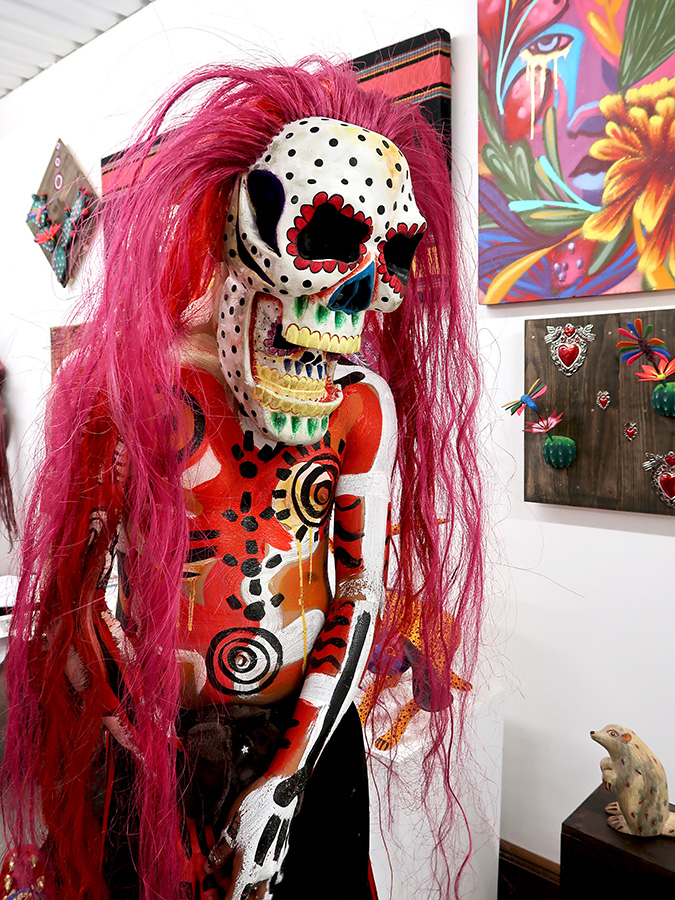

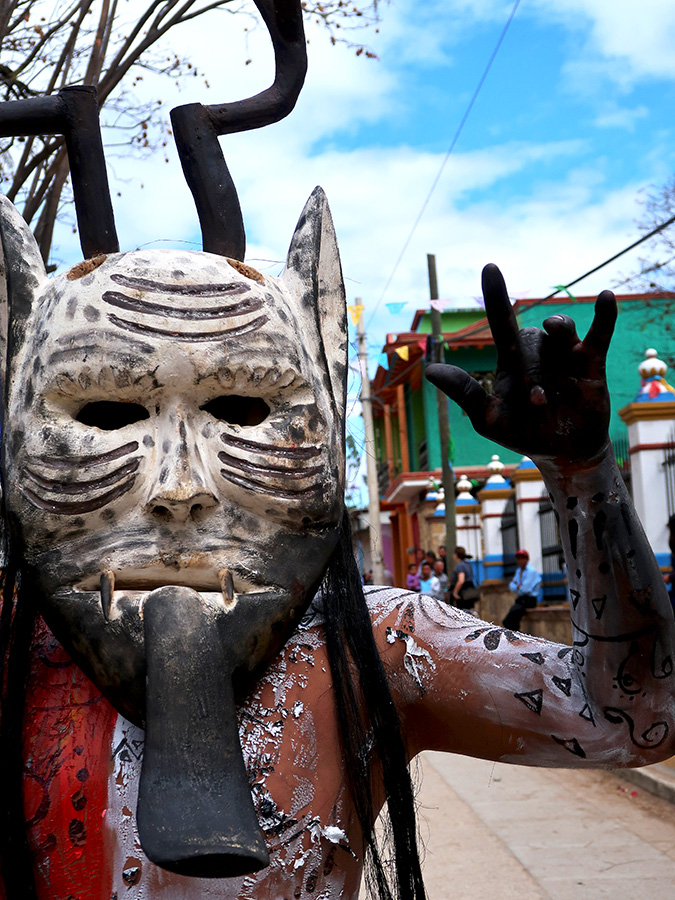


This is a town where creativity reigns supreme and the costumes seem to get more whimsical and weirder every year.



Oh, and did I mention there is a wedding? Well, actually a parody of a traditional village wedding. There is much pomp and circumstance, hilarity, and music — not to mention, breakfast and lunch for wedding guests — as participants move from the house of the mayor, to the home of the bride, and to City Hall for the civil ceremony. Dancing in the plaza follows and then, at some predetermined time, there is a procession through the streets before arriving at another house where the happy “couple” kneel before “priest” for the religious ceremony.
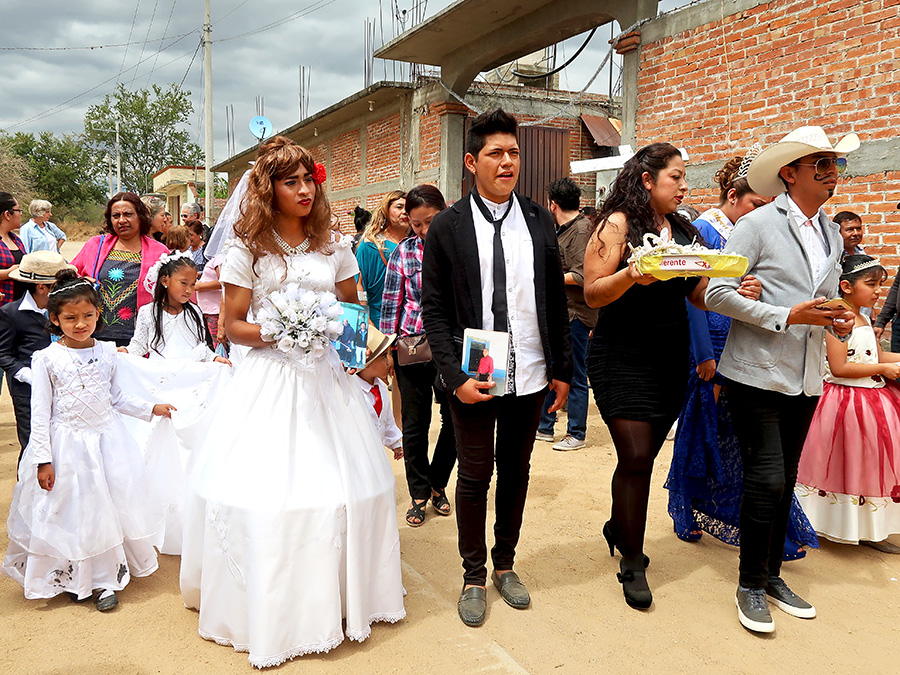



And, you might want to take a second look at those beautiful wedding guests with the smoldering eyes and modeling the gorgeous gowns. They are not what they seem — and that includes the bride.

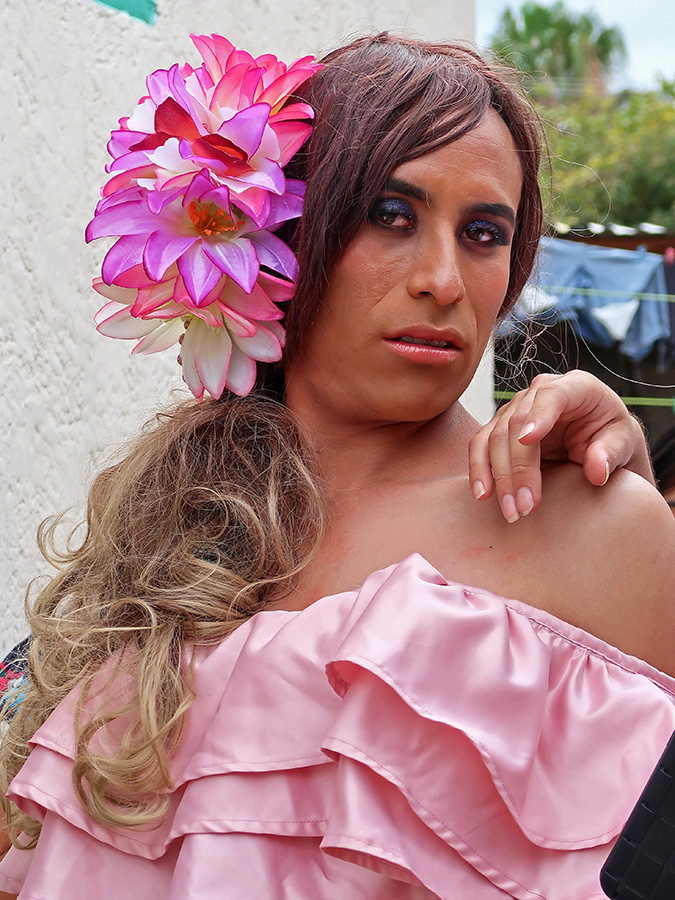


The Spanish brought the Carnaval tradition to Mexico because, like many other seasonal celebrations, it conveniently coincided with indigenous festivals celebrating the “lost days” of the Mesoamerican calendar, “when faces were covered to repel or confuse evil.” Evidently it caught on, “because it was one time when normal rules could be broken…” And, San Martín Tilcajete certainly knows how!!!
By the way, many from the creative team of the movie Coco came to enjoy the festivities and renew acquaintances in this town that provided the inspiration for the alebrijes in the film. “De Oaxaca tomamos los alebrijes, la celebración del Día de los Muertos, toda esa energía y colores están en los paisajes de la película. Quise ser lo más fiel en esta investigación y plasmarlo en la cinta…” (“From Oaxaca we take the alebrijes, the celebration of the Day of the Dead, all the energy and colors are in the landscapes of the film…”) (NVI Noticias, 2/14/2018)
Read Full Post »






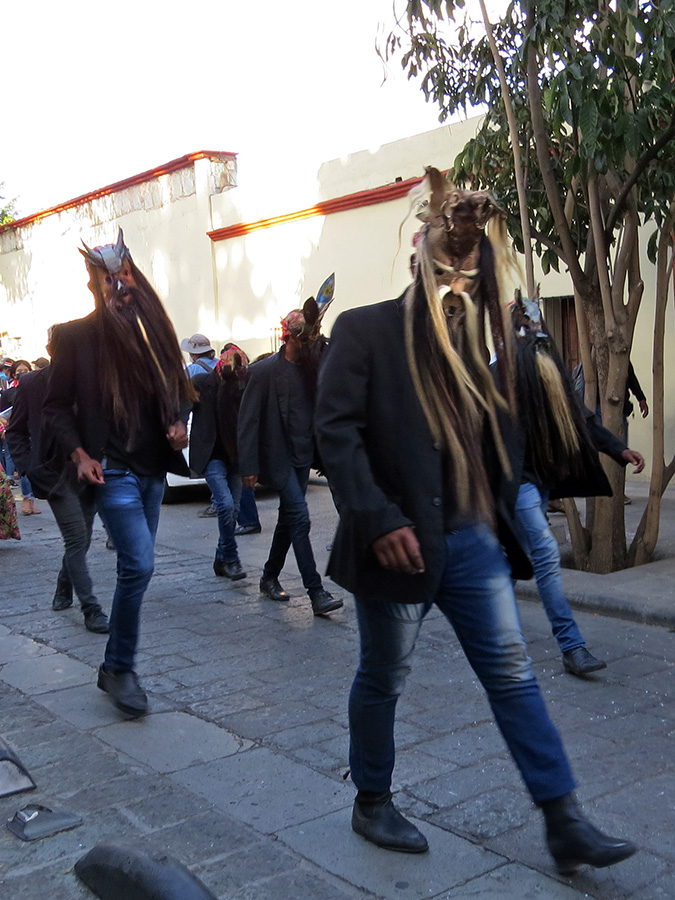







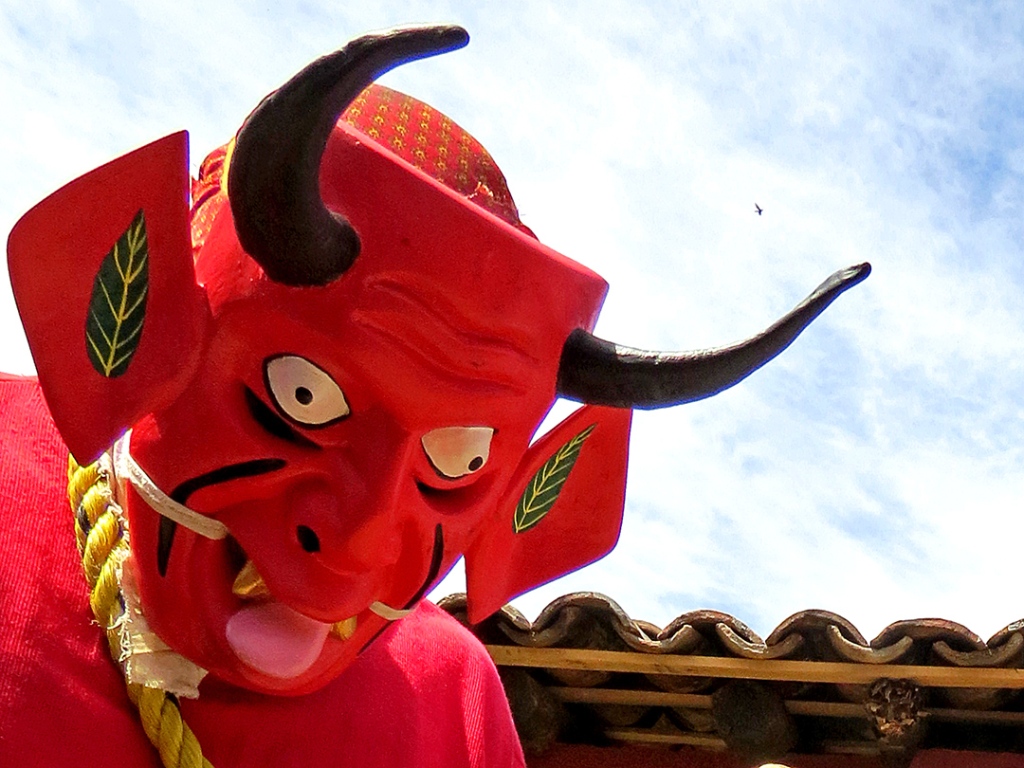






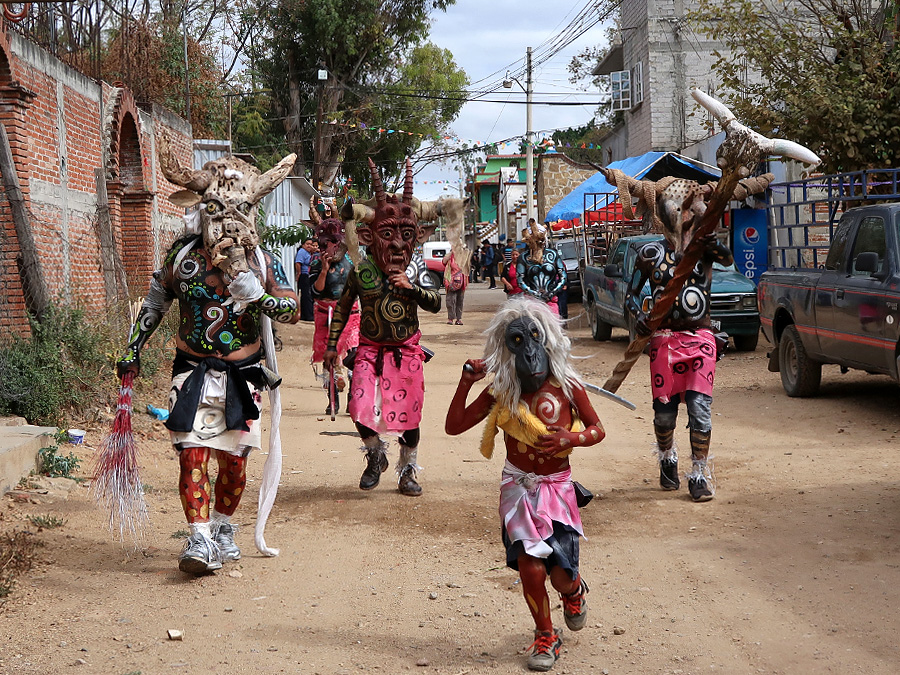
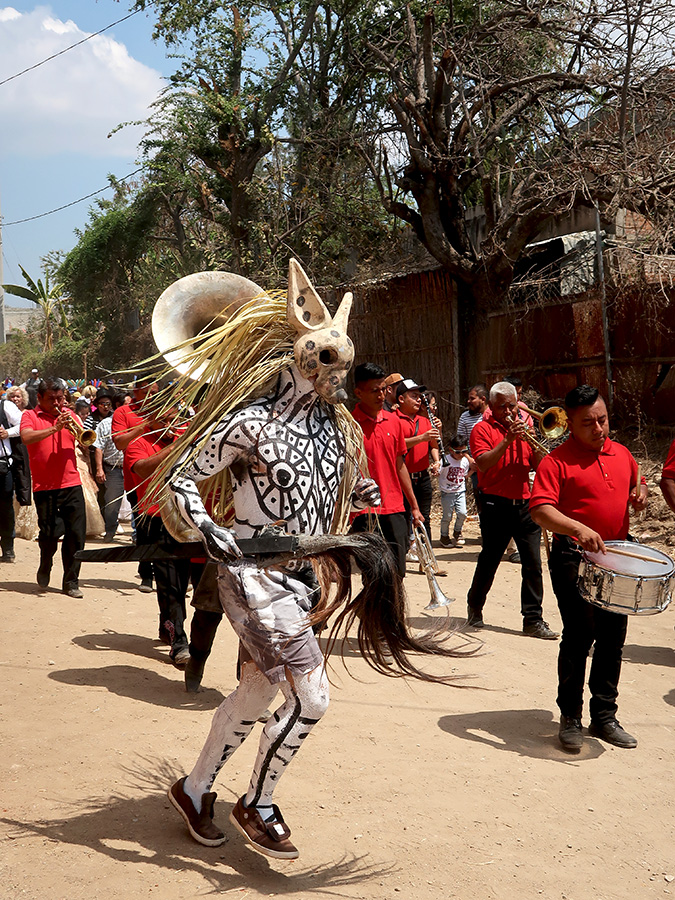


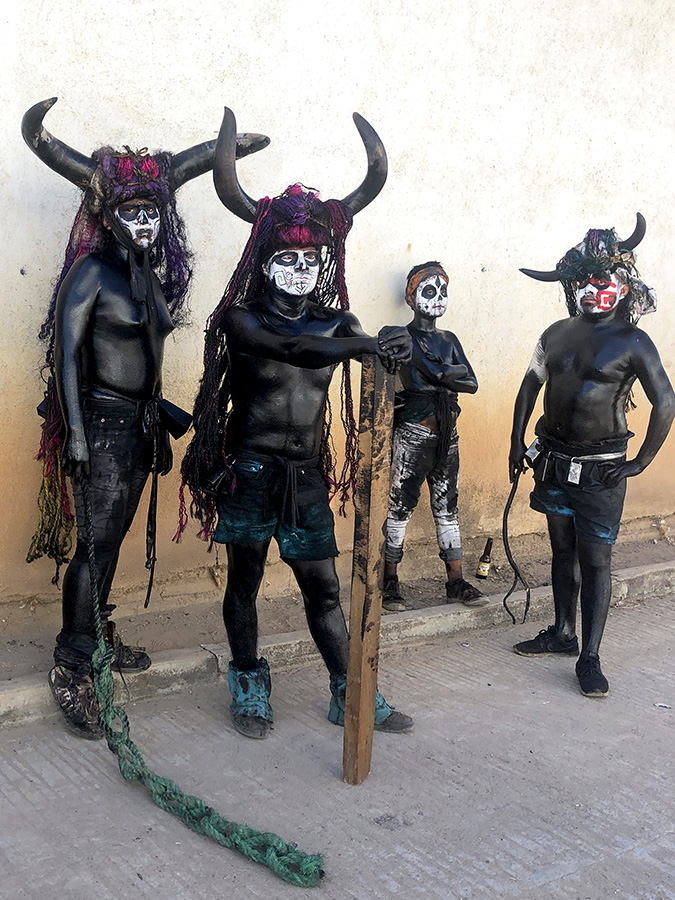





















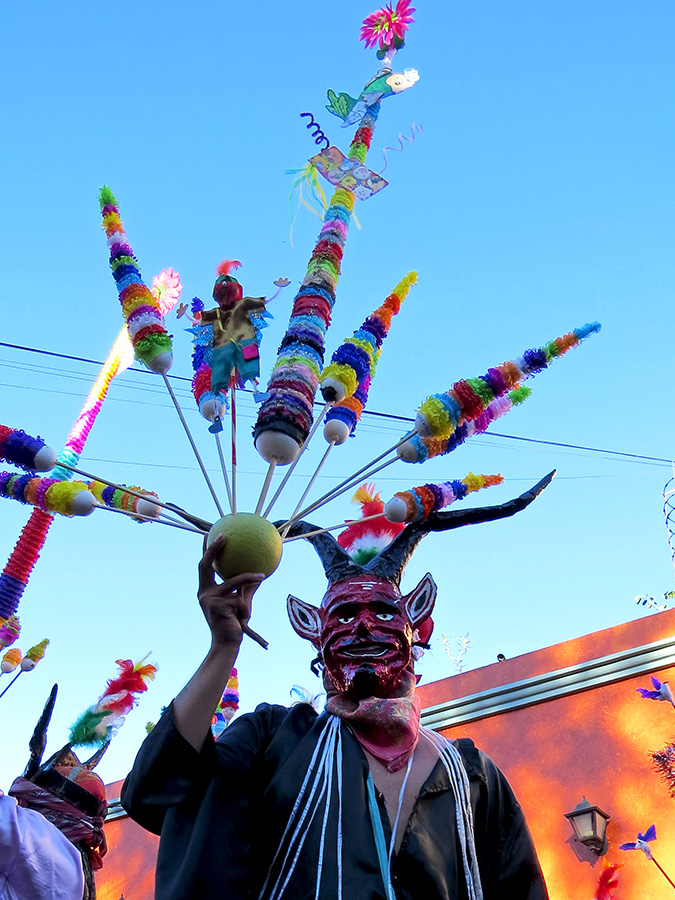







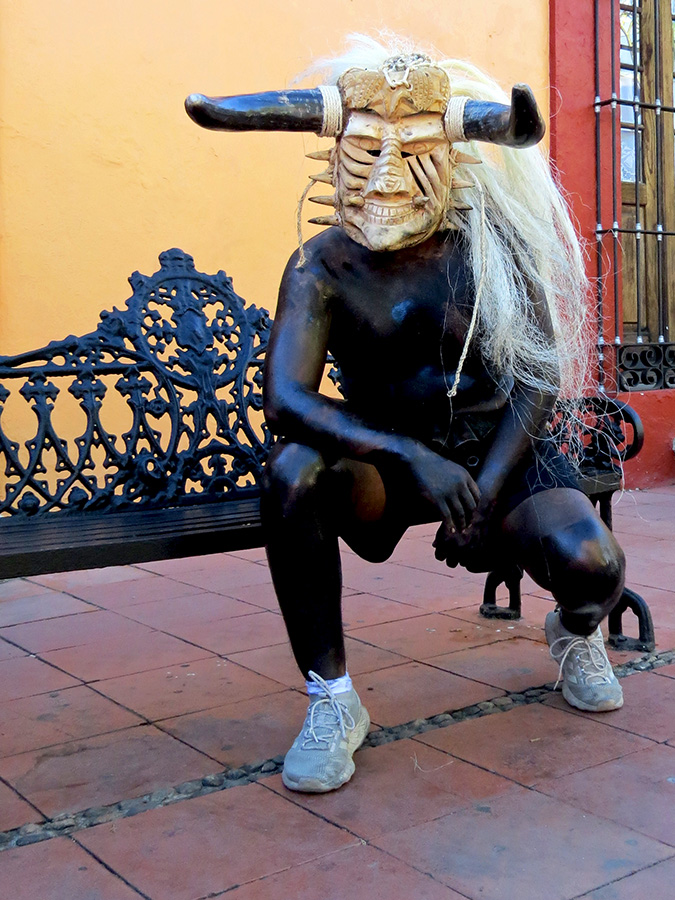
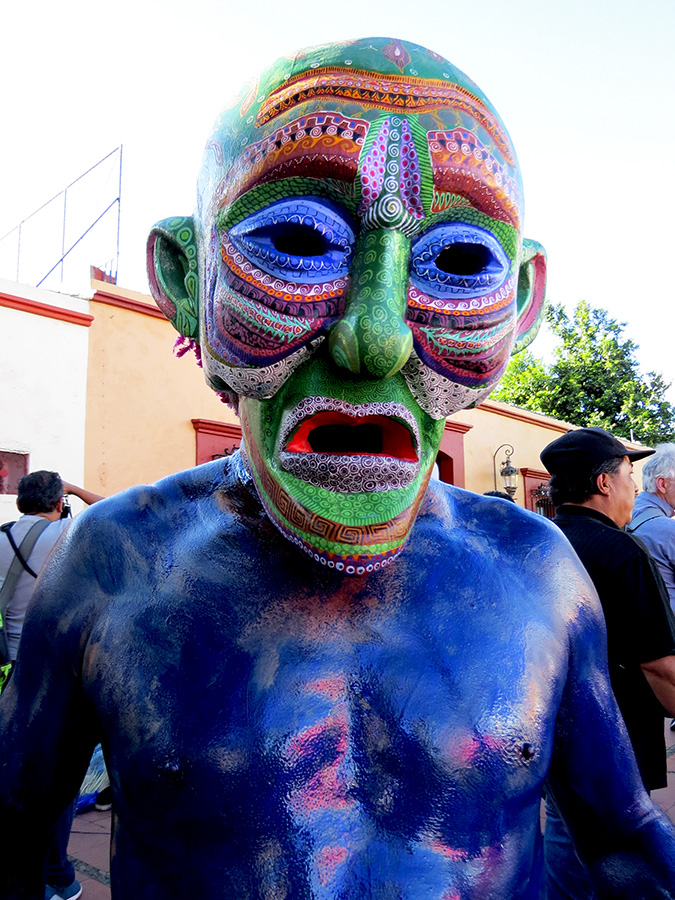

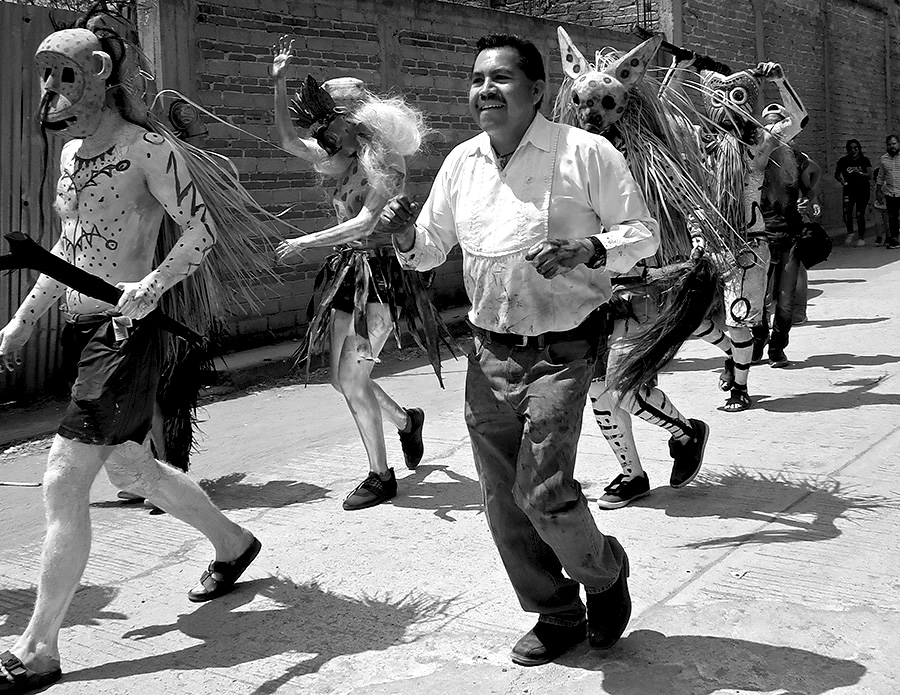
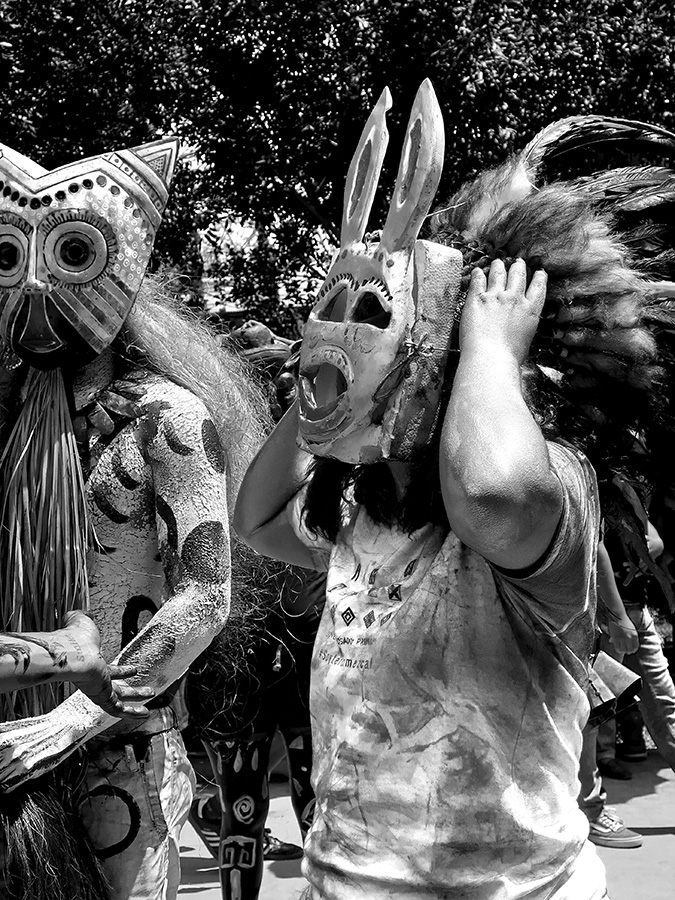
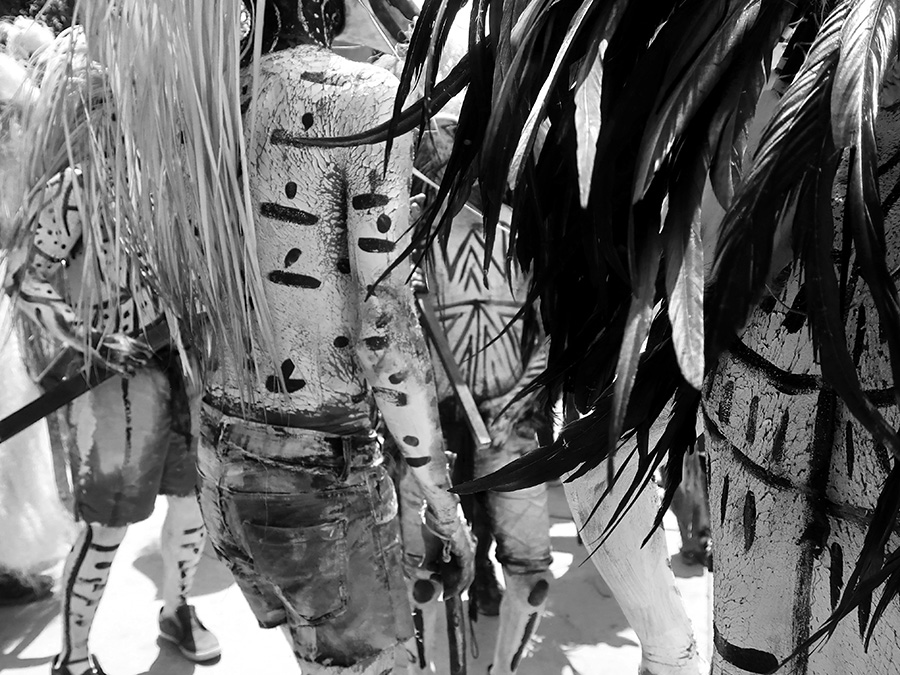

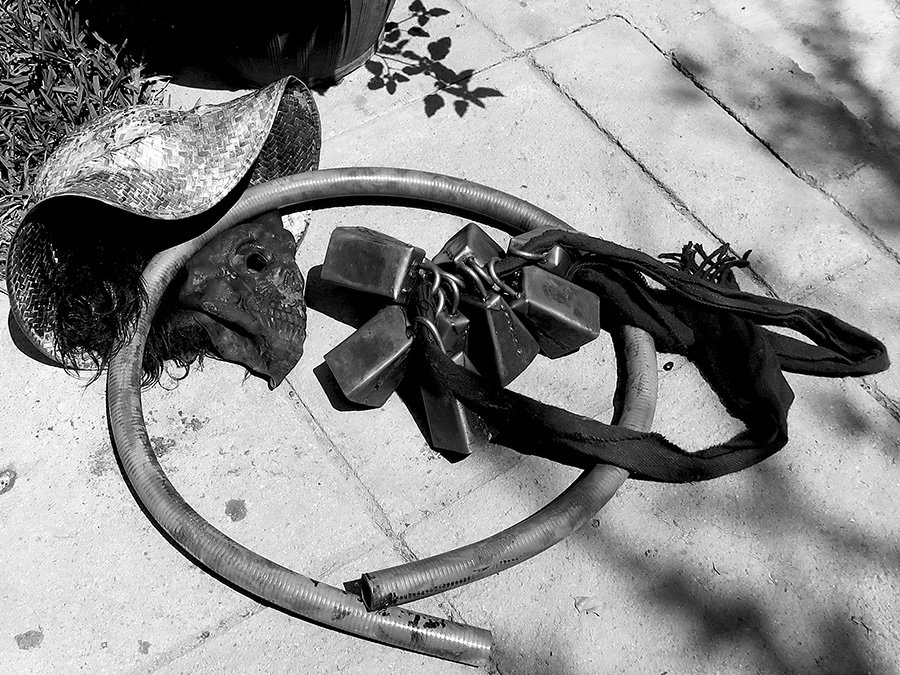
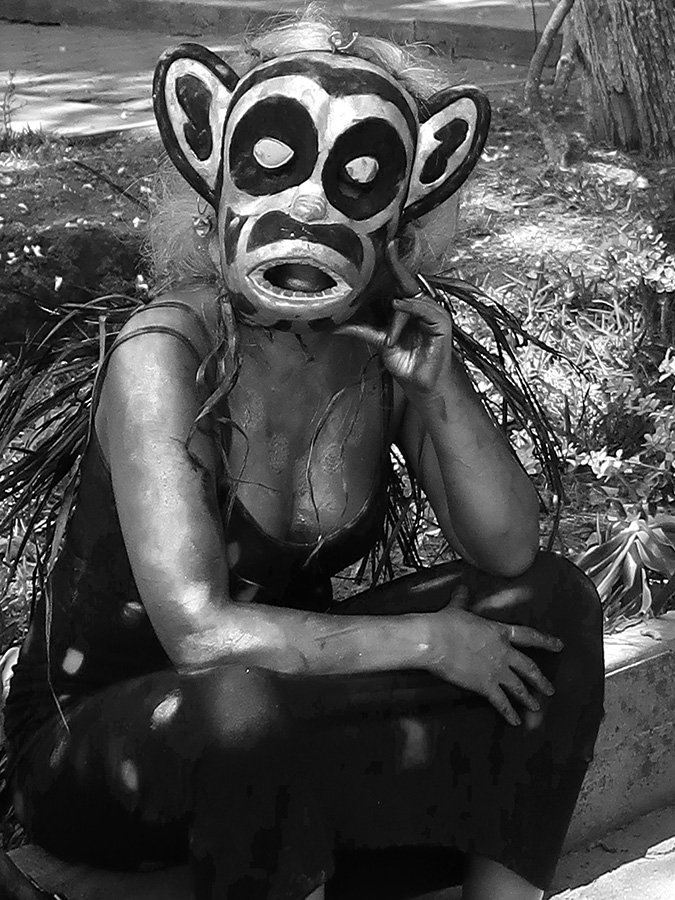









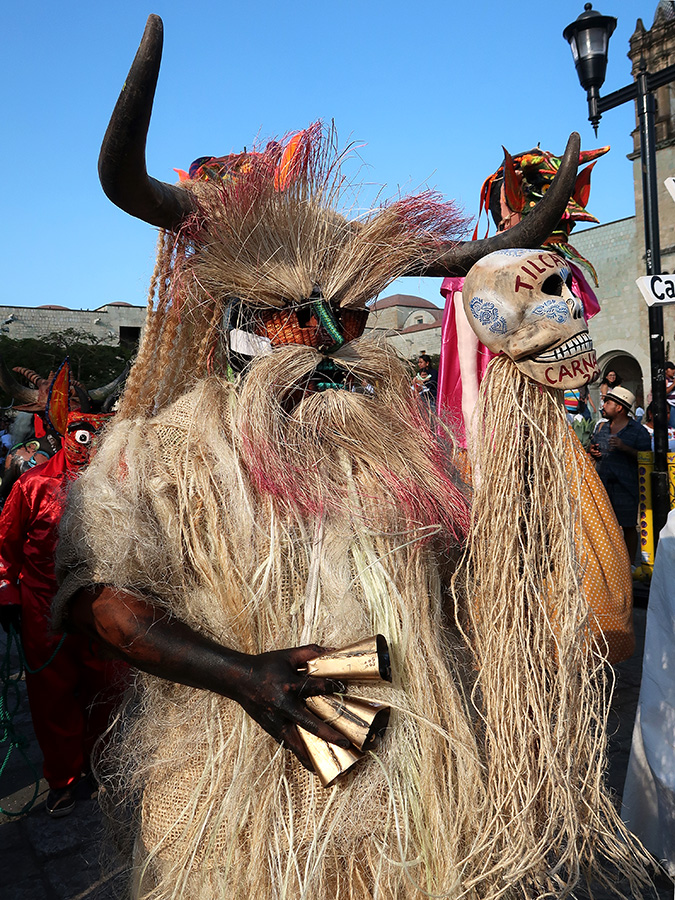























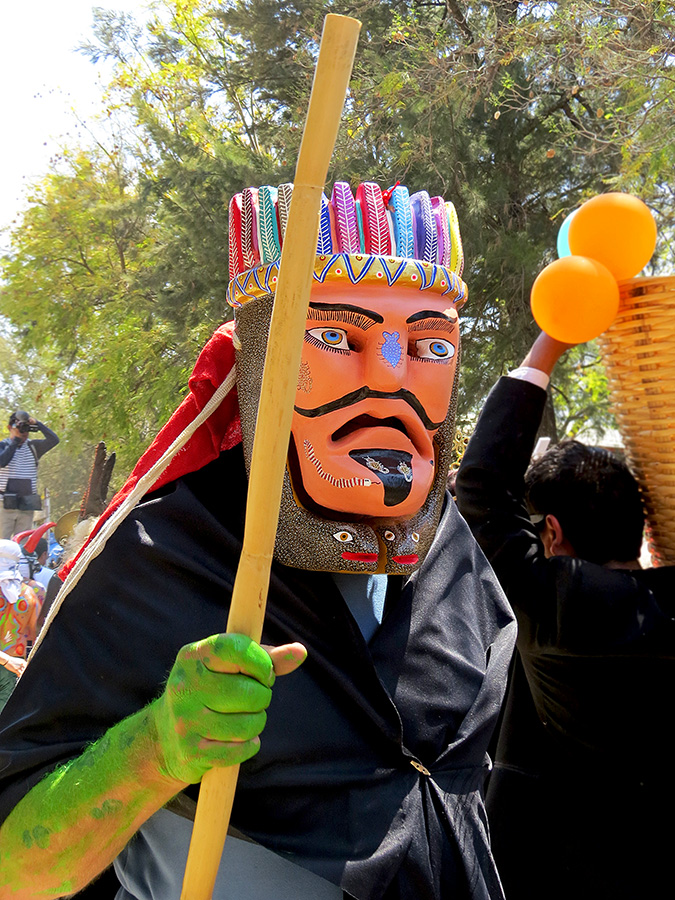








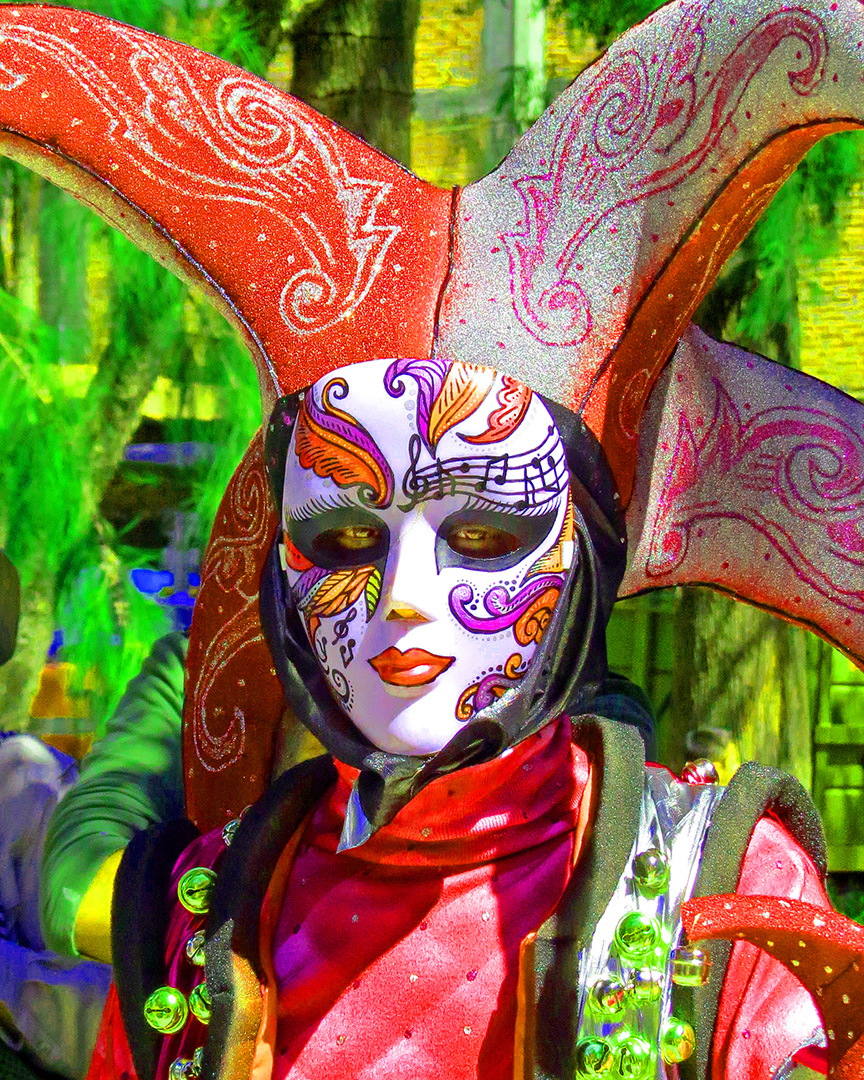
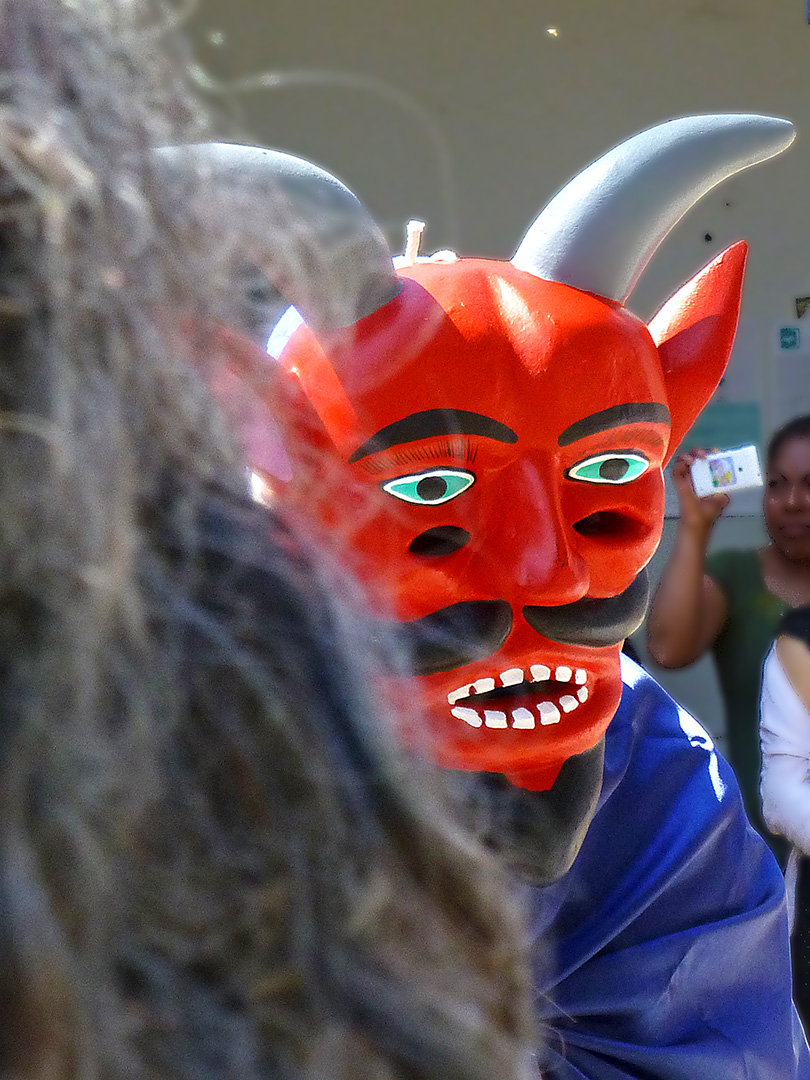

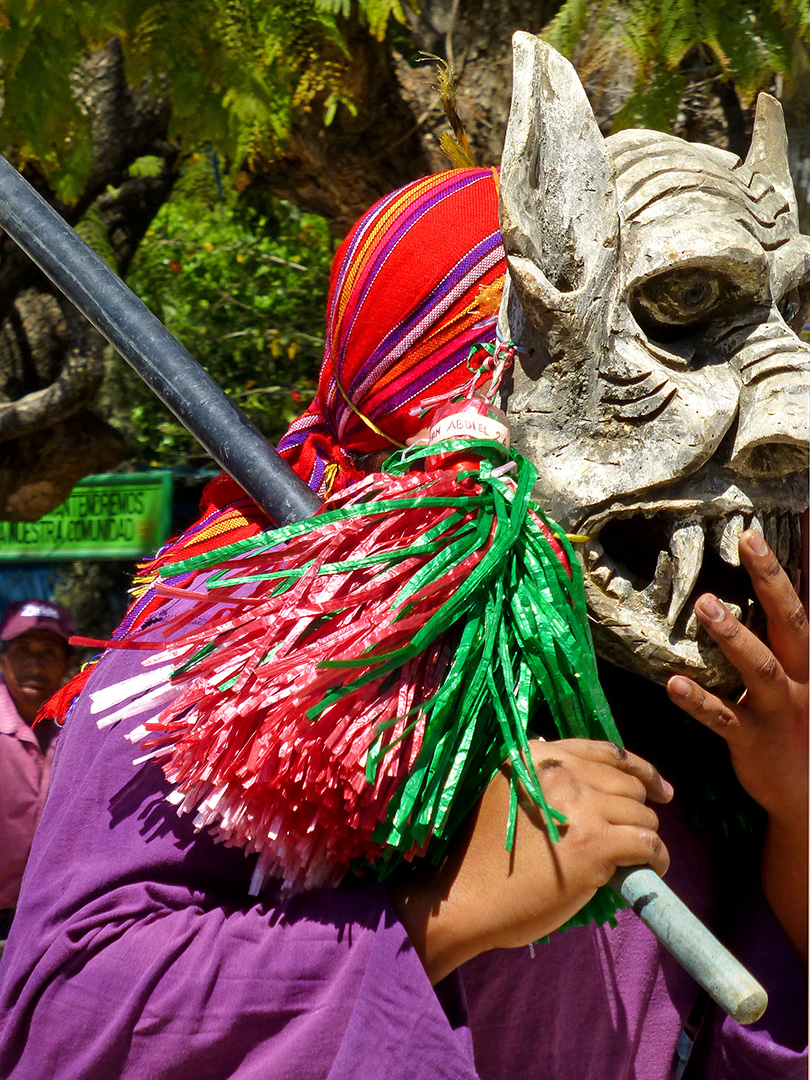




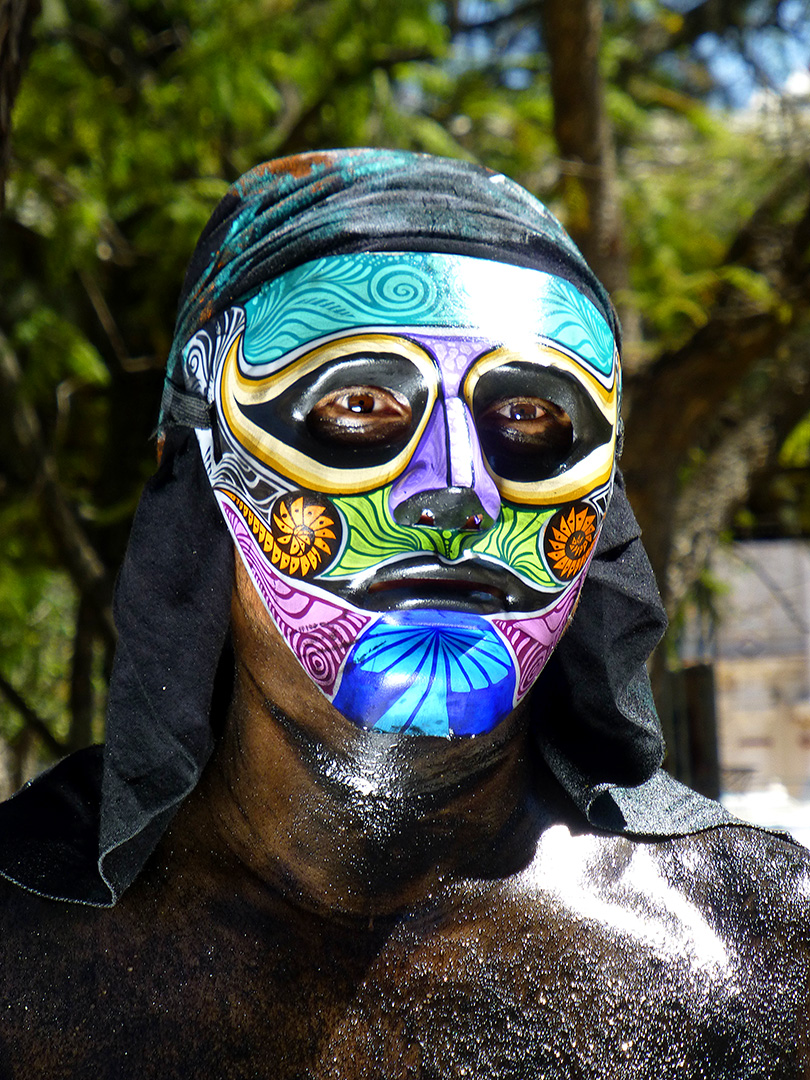

































 Mexican Peso Converter
Mexican Peso Converter